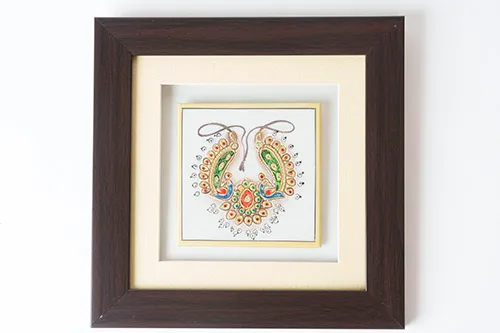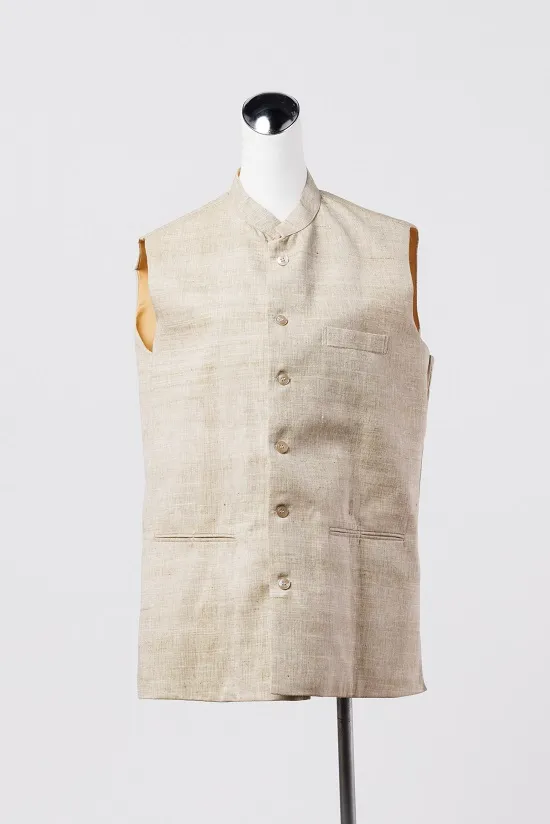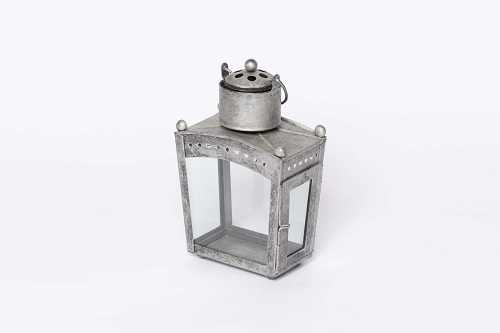
Commemorative Indian pendant
Updated at 2023-05-24
India has been called the “museum of religions.” For the Indian people, religious beliefs are the most important thing in life. Hinduism, Islam, Sikhism, Buddhism… no matter which religion they profess, Indians view it as the center of their lives and use it as a guide in making decisions big and small. An Indian temple totem is engraved on the ornament in the image. The ornament is made from copper. India is famous for its copper handicrafts.
Flag: The flag has four colors: orange, green, white, and blue. In the center is a blue Ashoka Chakra with 24 spokes.
National day: Jan. 26
Language: India is a multiethnic and multilingual country. There are 122 languages spoken by 10,000 or more people. The official languages are Hindi and English. States are allowed to choose their own official languages. There are 22 official languages listed in the Indian constitution, with Hindi and English as the primary languages. Official and legal documents are mainly in these two languages.
Capital: New Delhi
Area: The distance from north to south is 3,214 kilometers and the distance from east to west is 2,993 kilometers. The total area is 3,287,000 square kilometers, making India the world's seventh largest country.
Population: Approx. 1,460 million people
Currency: Indian rupee
Government: India is a republic. It comprises 28 states and 8 union territories.
Government system: Federal cabinet system. The cabinet is responsible for government affairs. The president is the nominal head of state and elected for a five-year term by an electoral college consisting of members of both houses of parliament and members of the legislative assemblies of the states. The vice president is elected in the same way and for the same recreational places of time.
相關藏品







